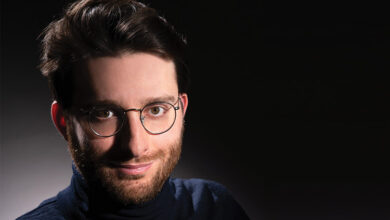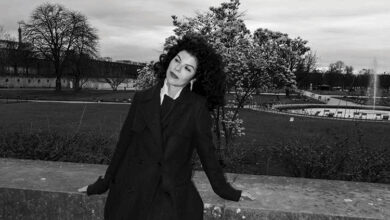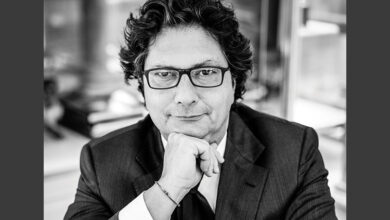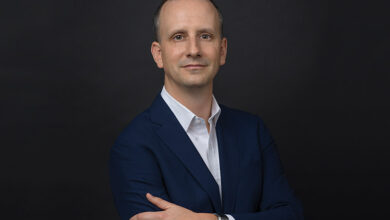Greubel Forsey’s focus on the collector
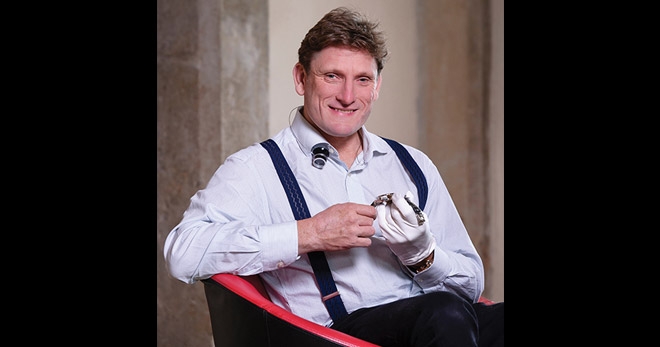
It was in 1999 that Robert Greubel and Stephen Forsey began working together on a new generation of tourbillon specifically designed to improve the timekeeping of the mechanical watch. Four years later they unveiled their eponymous marque Greubel Forsey, and stunned horological aficionados with their innovative Double Tourbillon 30°. “Day & Night” magazine speaks to co-founder, Stephen Forsey on what makes the brand tick
Q: How is that Greubel Forsey has managed to bring out 20 calibres in a very short time when creating a calibre is such an expensive and time-consuming project?
A: When Robert and I set out to establish a watch brand, the world didn’t need a watch brand as such but it was because we had sufficient number of ideas that we wanted to develop. We felt sure that we could find a small number of collectors if our pieces were reliable, with good performance, had technically interesting innovation, an engaging design, and a high level of hand finishing. All these are the essence of Greubel Forsey and when we launched in 2004, there was strong interest. That encouraged us to rapidly build up a bigger team and develop several calibres.

It takes anywhere between 3 and 11 years to develop a calibre. Our main differentiator is that because we are both watchmakers, we separated our responsibilities and we are able to do more. So I steer the team technically while Robert works more on the creation and strategy. That is one of the things that has helped us to develop more calibres. Other companies may have different objectives but we have a lot of things that we need to work on. It takes a lot of time, a lot of energy and results, which we want to dedicate to this specific objective.
As both Robert and I have very good experience working with other brands earlier, where we had learnt a lot, most of our calibres are high complication ones. We have developed our own laboratory and developmental platform called Experimental Watch Technology, which helps us in testing our prototypes, etc. Each of our calibres is 80 per cent different from the other ones. For example, the cage of the Tourbillon 24 Seconds is substantially the same in a different calibre, the GMT, but the rest of the calibre is completely new.
Q: Isn’t having 20 people employed in finishing for a manufacture that produces around 100 watches a year a bit of an overkill?
A: It depends on what you are aiming for; we as watchmakers want to take the very best of watchmaking and combine it with innovation and contemporary design to create something that will capture the collector’s imagination.

Q: Did you at any point in time doubt that you would actually build up a high-end respected brand?
A: Even our first calibre had extremely good finishing for that time; when we first started out, we did not know of all the challenges that we would have to face. If we did, we might never have started at all. When we came out with the Double Tourbillon 30°, we knew we had a very good product but it was only when other people also agreed that we were happy. It is because we have a very good team that is prepared to share and work together that we are able to make so many calibres.
Q: How is that the brand has survived the numerous economic crises that have occurred since the inception of the brand?
A: When we launched in 2004, we were in the right time at the right place; the market was very positive. We might have been in trouble if we had launched a few years earlier. There have been around three crises since we began, but we did not have a vision of how we would gear up to the market. We followed very clearly on our strategy – we were working on different pieces. Our vision is not based on any market- or economy-driven model but rather is focused on the collector. As long as he is satisfied and enjoys the piece, he is more likely to come back for another one.

Q: How do you take care of the collector after he buys a watch?
A: We are lucky as we are able to meet our collectors quite often as we tour a select number of exhibitions worldwide regularly. We do not sell directly from our atelier; we have a unique relationship with our retail partners. We do not produce enough for them to have stock in-store; our retailers are our ambassadors as they are the specialists in the region who understand what we do, and the region already has our collectors. Our partners are there for our collectors to reach out if they need a strap changed or any other kind of service for their Greubel Forsey timepiece.
Q: What is the age bracket of Greubel Forsey collectors?
A: When we started, the average age of collectors was 60 but now it is around 40-45 years of age, but we also have collectors in their 20s who have more than one Greubel Forsey watch.
Q: As a horologist, what is your take on the present economic crisis?
A: The geopolitical situation in the world is full of turmoil, but it has always been so. What has changed is that because of social media, transmission of any incident is immediate unlike in the past. We in Greubel Forsey always focus on our collectors but some brands are losing sight of this and focus on their products. The focus needs to move back to the collectors and what they are looking for, and provide them excellent service. You cannot always keep growing; there is a limit to it. In Greubel Forsey, we can theoretically produce more as we become better known, but in reality our capacity is limited. It is not how many the market can absorb, it is how many we can make.




